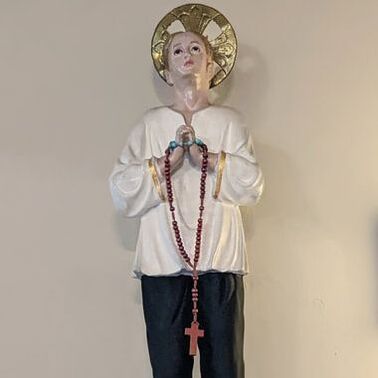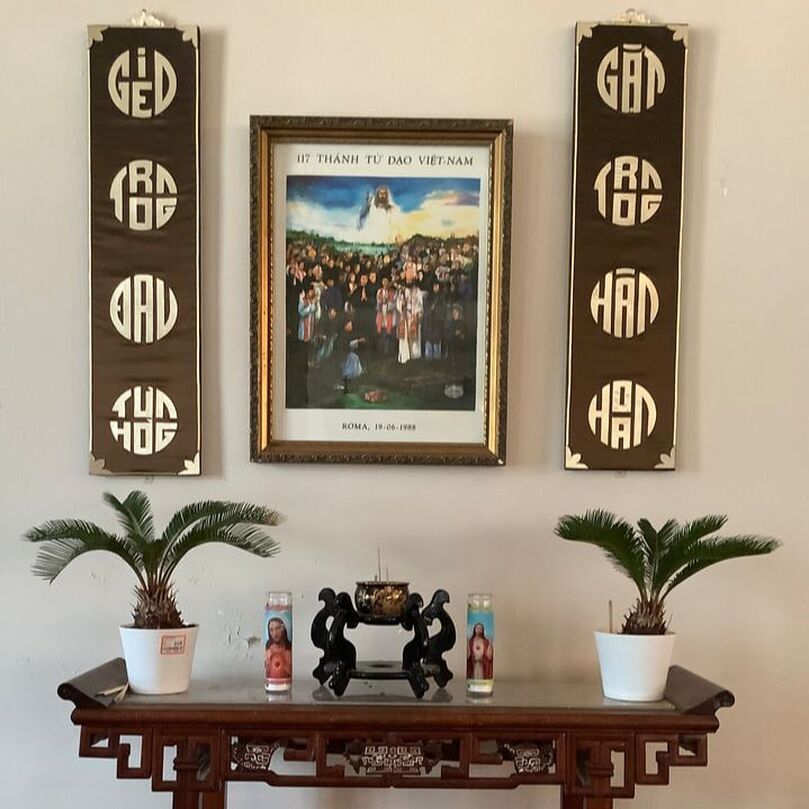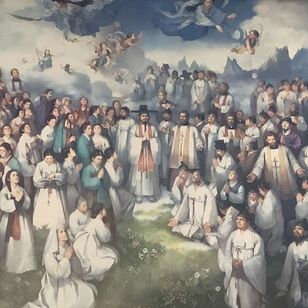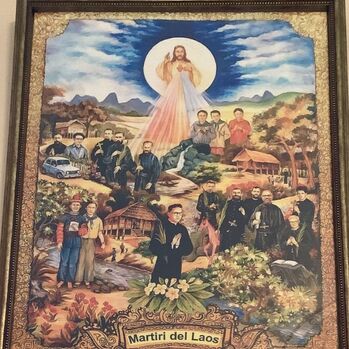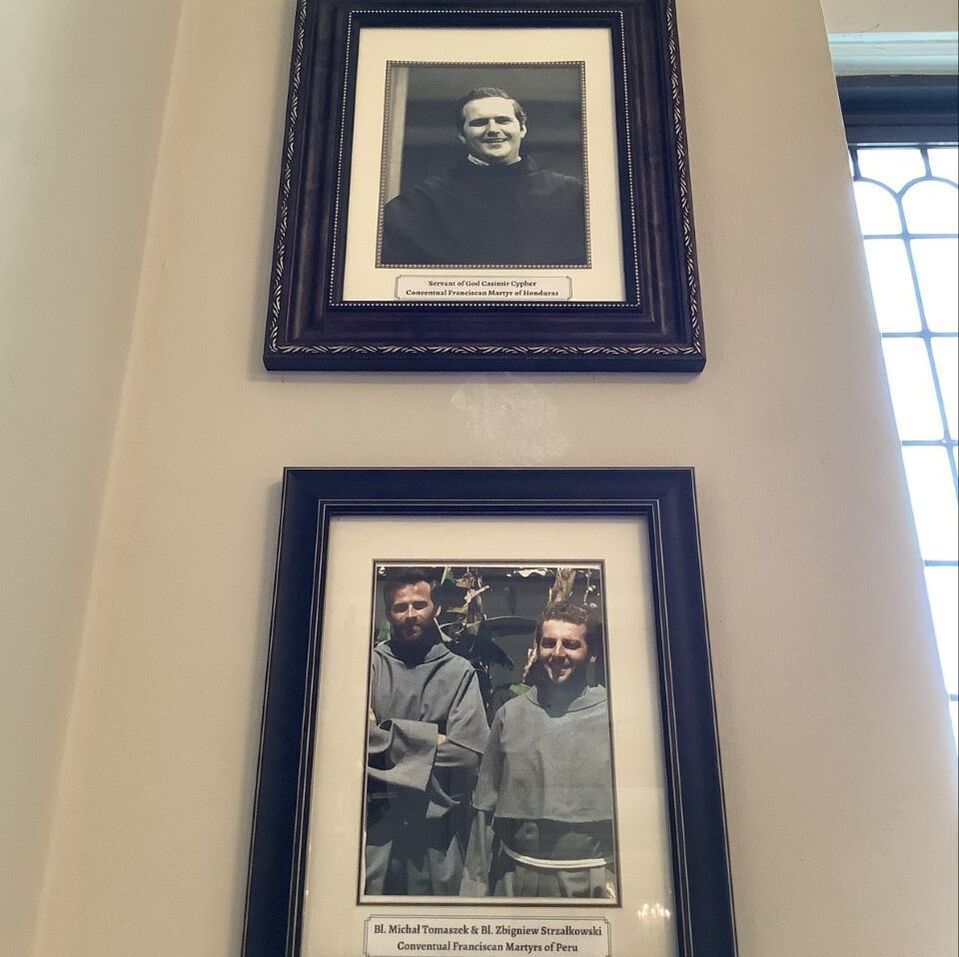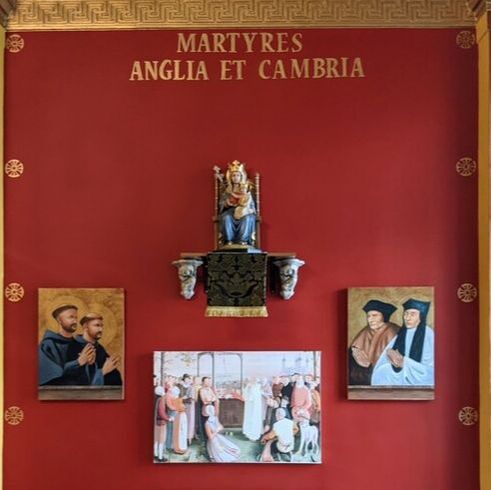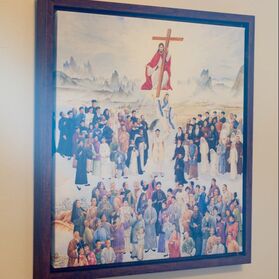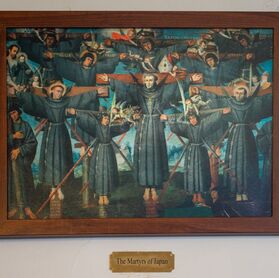In the late Medieval period, St. Thomas of Canterbury — also known as Thomas Becket — was the most famous martyr of the Church. He was murdered by King Henry II of England’s knights to “rid him of that meddlesome priest.” Because of this, St. Thomas of Canterbury church has several shrines to martyrs.
You can explore them below by clicking on the photo to read more about the incredible people.
You can explore them below by clicking on the photo to read more about the incredible people.
MARY, MOTHER OF GOD PARISH - MASS SCHEDULE
|
SAINT ITA CHURCH
5500 N. Broadway Chicago, IL 60640 773-561-5343 Monday - Saturday: 8 AM Monday - Thursday*: 4:45 PM Adoration, 5:15 PM Vespers, & 5:30 PM Mass *Thursdays: 5:30 PM Mass (English) & 7 PM Misa (Español) Saturday Vigil: 5:30 PM Sunday: 8:30 AM, 10:30 AM, 12:30 PM (Español), 5:30 PM Confessions: After daily 8 AM Mass and every Saturday from 4 - 5 PM |
ST. THOMAS OF CANTERBURY CHURCH
4827 N. Kenmore Chicago, IL 60640 773-878-2114 Weekdays: 8:30 AM Sunday: 8 AM (Vietnamese/Lao), 11:30 AM (English) Eucharistic Adoration: Every Tuesday from 9 AM - 7 PM Confessions: After daily 8:30 AM Mass |
ST. GREGORY THE GREAT CHURCH
5545 N. Paulina Chicago, IL 60640 773-561-3546 Saturday Vigil: 4:30 PM Sunday: 9:30 AM Our Lady of Perpetual Help: Every second Wednesday at 7 PM |
